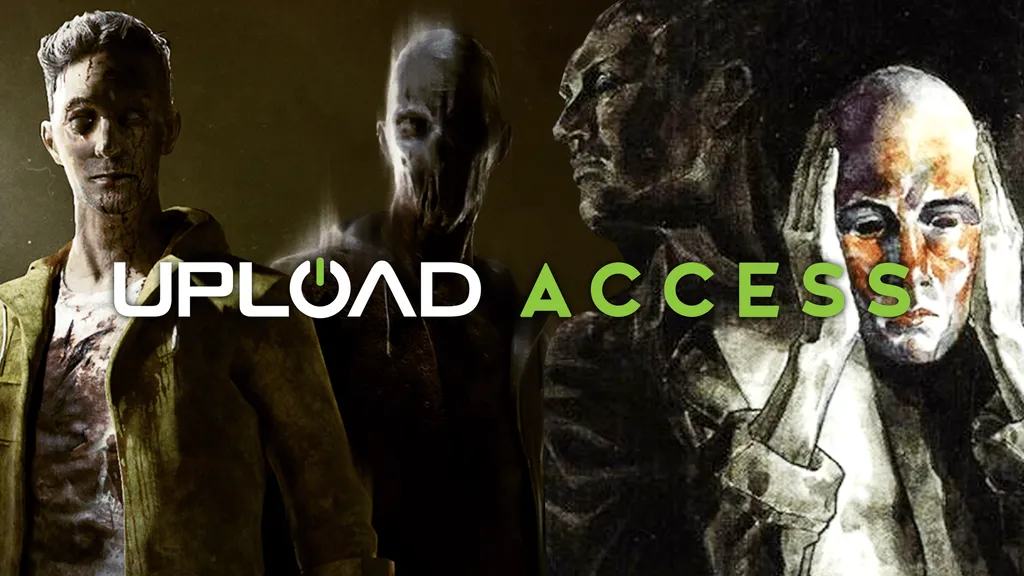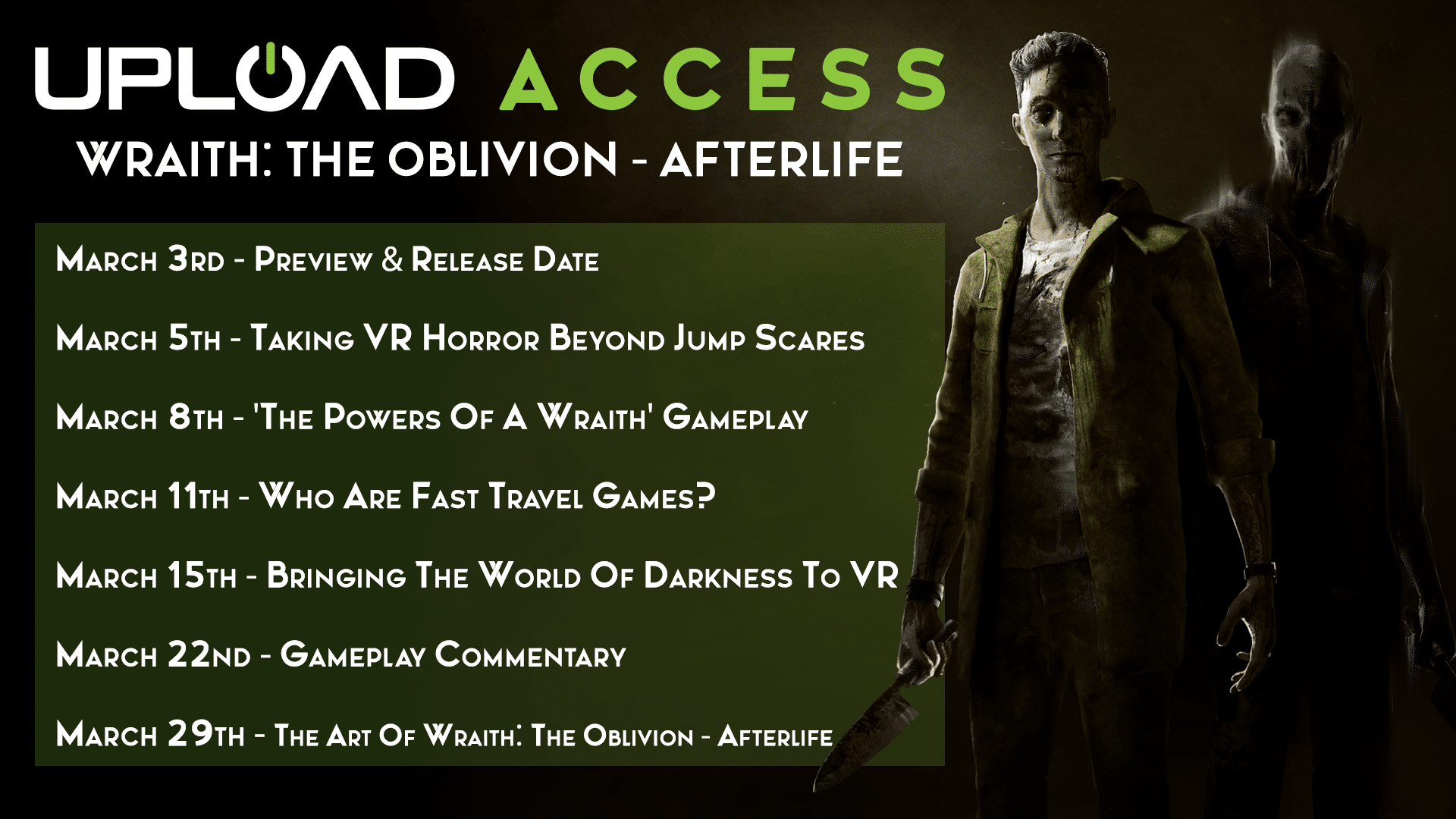Fast Travel Games’ upcoming Wraith: The Oblivion – Afterlife is an all-new experience, but some fans will already be very familiar with its setting.
See, Wraith isn’t really a new IP, it’s actually set in the World of Darkness, a series of pen and paper role-playing games with horror themes right at their core. Wraith is just one pillar of the wider universe, others of which have already have their own videogames. You’ll no doubt be familiar with Vampire: The Masquerade – Bloodlines or the recent Werewolf: The Apocalypse – Earthblood. Wraith, however, isn’t just the first VR game set in the World of Darkness universe – it’s the first game to feature the titular beings at all.
You won’t need any prior knowledge of the series to enjoy Afterlife, then, but Creative Director Erik Odeldahl is on hand to bring you up to speed.
“Wraiths are, well, they’re dead,” Odeldahl tells me. “They’re the souls of the dead with a strong tie – they’re vectored to the Skinlands, to our world, to the world of the living. And they’re very much driven by their passions – stuff that was important to them in life that transcends over to when they’re dead.”
The lore behind Wraiths, as you can probably imagine, goes deep. Odeldahl touches on the sprawling underworld cities that Wraiths roam. But that isn’t the setting for this game.
“What we’ve chosen to do in Afterlife is to not just overburden the player with all this information but to introduce them to it in a nice way and basically build a game that plays out in what’s called the Shadowlands,” he explains. “It’s like the part of the underworld that’s the closest to the world of the living. And basically, we gradually introduce [players] to what a Wraith is. You learn by playing, you learn what you are.”
You’ll also discover more about yourself through what’s called your Shadow. Odeldahl describes this being as your “dark half” that wants to influence your actions. He can be of use, telling you about the world, but he’s also out to manipulate you and can’t always be trusted.
“And the relationship between the player and the Shadow is a huge part of Wraith: The Oblivion – Afterlife.” Odeldahl says. “I think any Wraith game– it’s such a huge part of Wraith, so you have to consider the relationship between the player and the shadow.”
Other aspect to learn will involve exploring the new powers you’ll wield as a Wraith, while you’ll also dive into a story about why your character, Ed, has become one himself. What you probably won’t learn, though, is how the original pen and paper game itself really works.
Odeldahl notes: “For this game we chose to build on the concepts rather than the mechanics of the pen and paper game. I love role-playing games but, for Wraith, we wanted the player to focus on the narrative and the horror rather than numbers and those type of mechanics. So there are basically no visible numbers in the game at all in the game.”
Some players, however, will “recognize parts of the ruleset” in this experience. They’ll also likely notice call-backs and easter eggs to other areas of the universe. “So in our game, even though it’s very much about Wraiths and Spectres, Vampires exist there, werewolves exist there, etc. So it’s all like this super-rich world.
“There’s so much to build on. So the world is very much a thought-through world, people have thought about this for a long time. And it’s an awesome place to build our corner in.”
Wraith: The Oblivion – Afterlife arrives on Quest and Rift on April 22nd, with a SteamVR version following May 25th. A PSVR edition will launch later this year. We’ve got more Wraith coverage as part of this month’s Upload Access, so stay tuned!


























